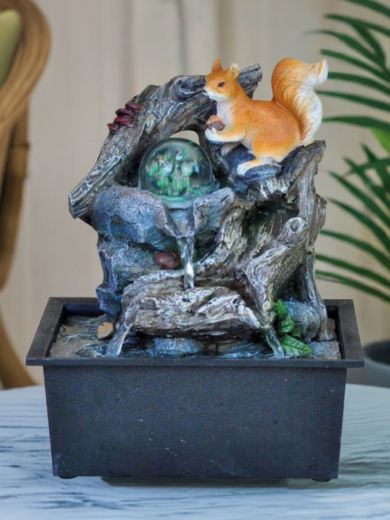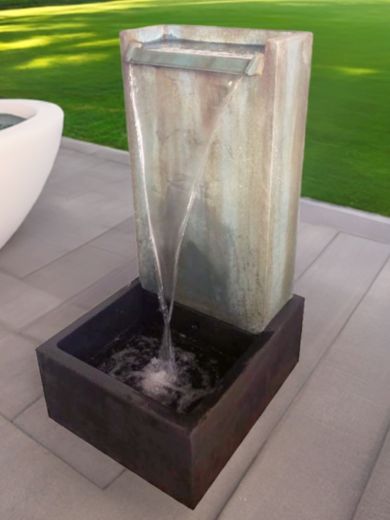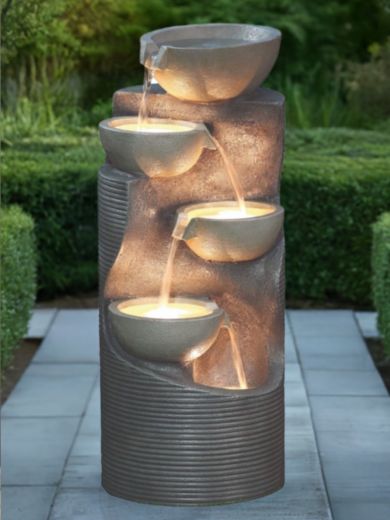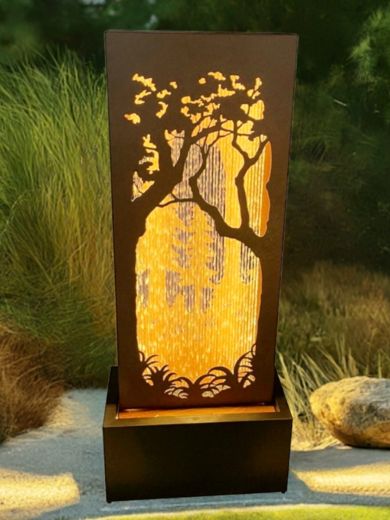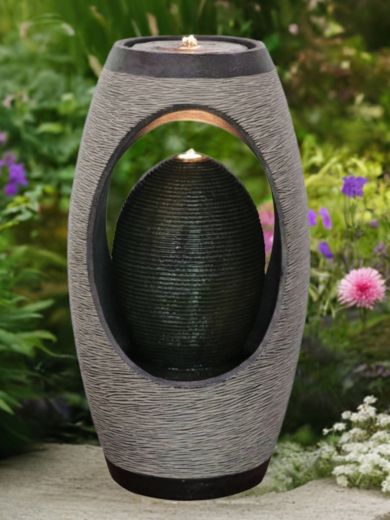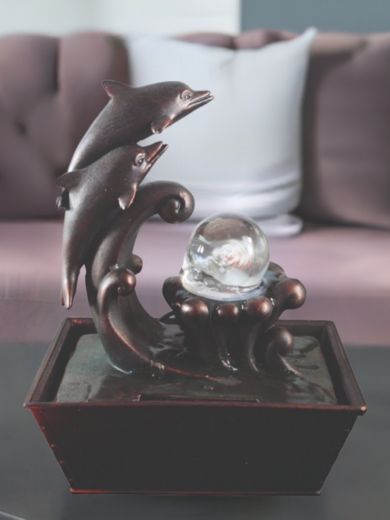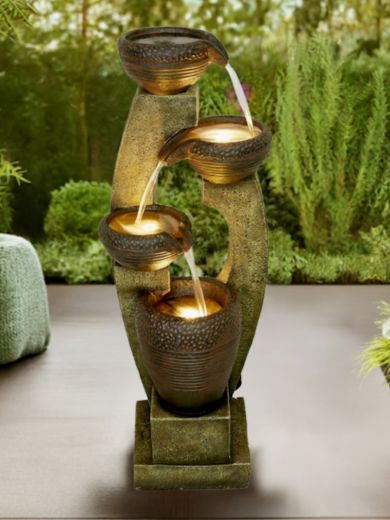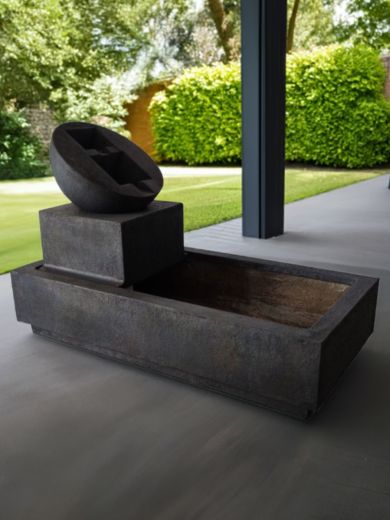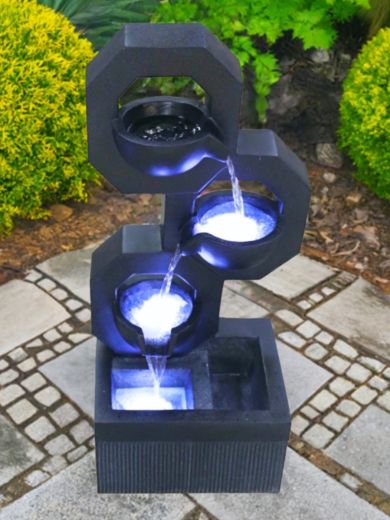The history of water features
Where do water features originate?
The origin of water features can be traced back to the Latin word 'Fons' meaning source or spring, from which the term 'Fountain' is derived. Fountains are architectural structures designed to eject water into a pool or the air for decorative purposes.
Initially, fountains were built to provide drinking water or water for bathing and washing for communities. These structures relied on gravity and needed to store water above the exit point. In ancient Rome, fountains were used to pay homage to architects and builders and adorned with figurines made of cast stone or bronze.
As time passed, fountains evolved from serving practical purposes to being used solely for decoration. By the end of the 18th century, plumbing technology had made water available in homes, making fountains obsolete.
Today, fountains are often used as memorials or to honour individuals in public spaces such as parks. They also serve as stunning decorations in open areas. With the advent of affordable solar and mains powered fountain pump technology, water features are becoming increasingly popular in gardens of all sizes, providing homeowners with the soothing sound of running water and night-time illumination through lighting.
We offer a wide range of water features suitable for both domestic and commercial settings.

